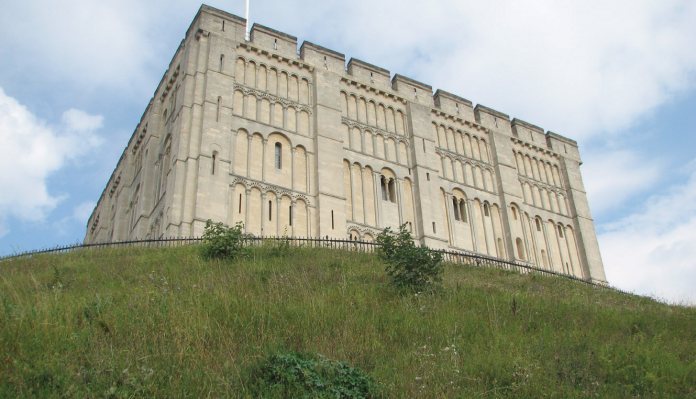Royal Norfolk Regiment Museum
-
0
 Comments
Comments
- Last updated: 10/01/2017

I recently visited Norfolk where I paid a visit to the Regimental Museum of the Royal Norfolk Regiment, which is housed at Shirehall, Market Avenue, Norwich, Norfolk NR1 3JQ. It was a fascinating visit to discover the many episodes and campaigns which shaped the regiment, including changes to its title. The regiment, which was raised as Cornwall’s Regiment in 1685, has over the centuries served in many wars around the world. The regiment was granted the prefix ‘Royal’ title in 1935 and the list of battle honours stretches back to the 18th Century, continuing through both world wars and on to the Korean War 1951-1952.
The museum contains a fine selection of weaponry, uniforms, medals and other regimental souvenirs, supported with documents and photographs. Over the centuries, soldiers of the regiment have engaged many different enemies and their fighting prowess earned it the nickname ‘The Fighting Ninth’ from the fact it was originally the 9th Regiment of Foot. Its other nickname is ‘The Holy Boys’ and this is also told in the museum. The soldiers of the regiment have also suffered more than their fair share of terrible tragedies in battles. For example, during the First World War the 1/5th Battalion of the regiment was engaged in the area around Tekke Tepe, during the Gallipoli Campaign. Following an attack on the 12th August 1915 they were reported as having simply ‘vanished’. Today we know they were surrounded and killed to a man. Some 25-years later during the retreat to Dunkirk many men of the 2nd Battalion were killed by SS troops at the site of La Paradis after they had surrendered. Both of these tragic events are told in the museum along with many other stories, including accounts of the six VCs awarded to members of the regiment, two of which are held by the museum.
Other aspects of the museum include a recreated First World War Trench, hands-on experience for equipment and the very moving tribute to Nurse Edith Cavell who was executed by German firing squad in 1915. Her grave is in the nearby Norwich Cathedral, where a very fine memorial is also to be seen.
The museum has disabled access and research facilities can be arranged by prior appointment. The shop stocks a range of books with related titles and the museum also organises special events and presentations throughout the year.
